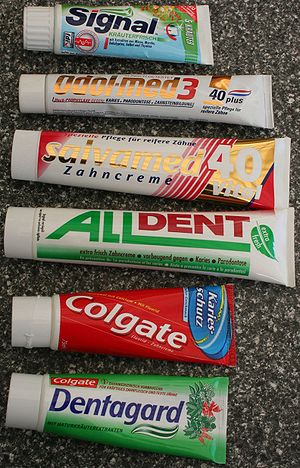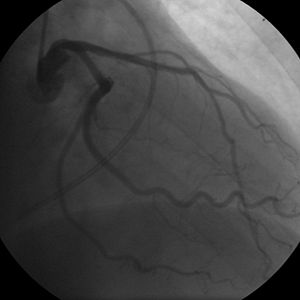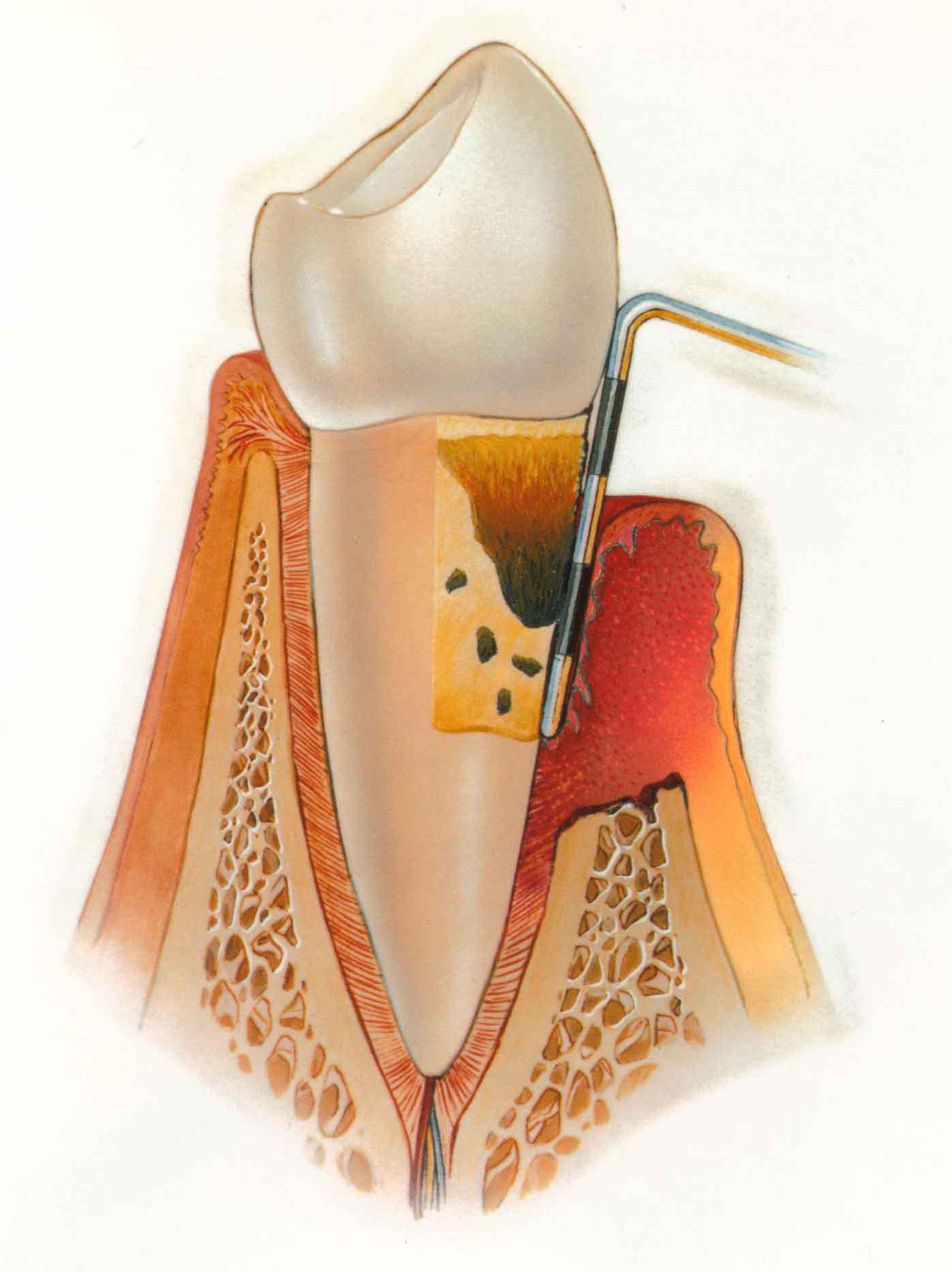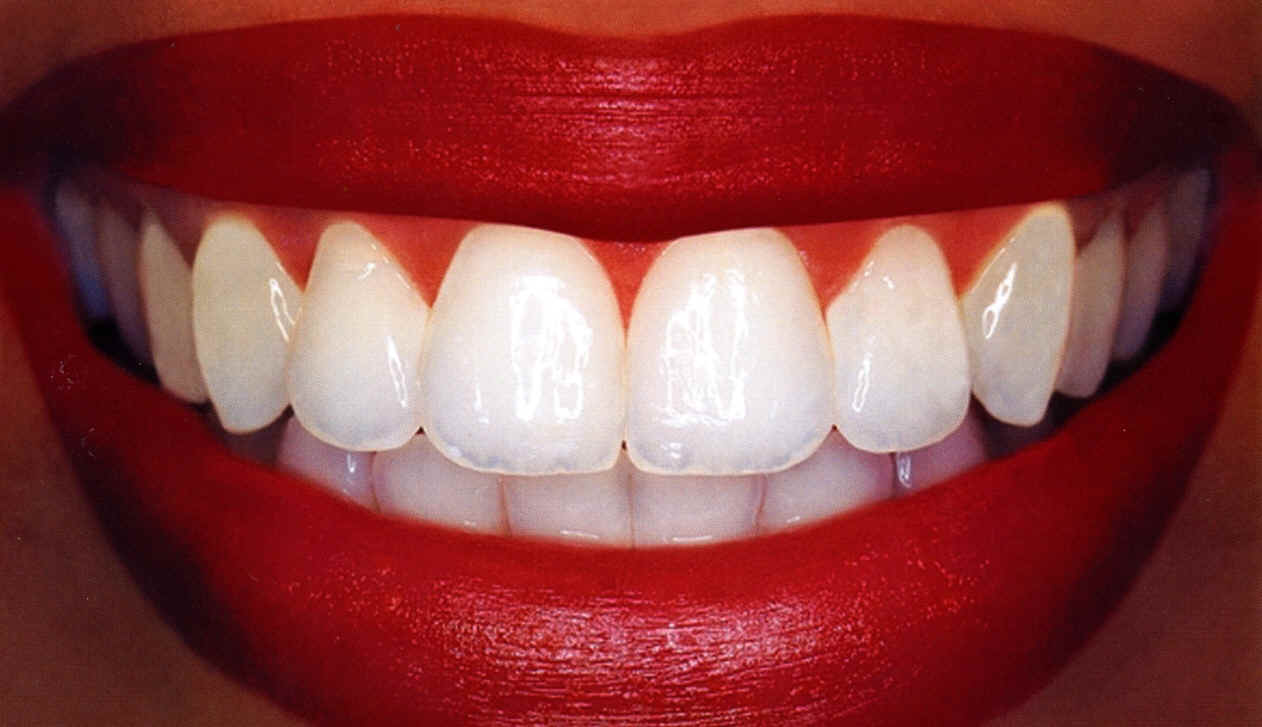Sweet, fresh breath is something that all of us want. Have you then wondered why bad breath is so difficult to combat? Have you invested much of your money in fancy chewing gums, mouth sprays and mouth refresheners that provide only temporary relief from the odor of garlic and other heavy smelling spices after every meal? Does bad breath stand in your way of happiness? It is reported that
there are over 80 million people in the US who suffer from bad breath and an estimated 10 billion dollars are spent by people who seek chemical alternatives to rid themselves of their bad breath as they attempt to spice up their social lives and avoid embarrassment. Continue reading
Yearly Archives: 2010
What is the purpose of toothpaste
Ever tried brushing your teeth without toothpaste? You will be surprised!
Dentifrices – more commonly known as toothpaste, is a type of cleaning medium
which is meant to be used together with a toothbrush to remove soft deposits on tooth surfaces. Formation of soft deposits like dental plaque is inevitable because they are produced by non-harmful bacterial flora which occupies and lives in the mouth of a normal healthy person. In fact, dental plaque provides a suitable habitat for bacteria to multiply and produce acidic by-products which is harmful to our teeth/gums. Hence, the main objective of brushing teeth is to remove such potential harmful cause and
maintain the hygiene of the oral cavity. Continue reading
Relationship between Gum Disease and Heart Disease
The number one cause of mortality in the United States since 1900 continues to be heart disease. And gum disease and heart disease appear to be related, thanks to several extensive studies in the early 2000s which suggested that people with gum disease (periodontal disease) were twice as likely to also have coronary artery disease, along with other heart-related health conditions. Both diseases are complex and share some of the same risk factors including smoking, genetics, increasing age and stress. While these studies have not definitively proven that gum disease causes heart disease, they have clearly shown that there is some correlation between the two. The understanding of this relationship and what to do about it is very important.   Continue reading
What causes sudden tooth sensitivity
Tooth sensitivity is defined as an experience of pain or discomfort that is sharp, sudden, piercing or excruciating in nature that is felt deep into the nerve endings. The pain may affect the tooth constantly or intermittently depending on its cause and nature.
Generally tooth sensitivity is caused by receding gums and enamel damage that leads to dentinal tubules in the dentine layer to be exposed and hence sensitized. Therefore, thermal sensitization like hot or cold drinks intake may make you cringe in agony. Occasionally, sweet and sour foods or even breezy cold air could also inflict sudden sensitiveness.
Factors that leads to dentine exposure: Continue reading
A continuation on gingival flap surgery
How is the basic gingival flap surgery procedure performed
First a local anesthetic injection will be given to the site of the surgery to numb the area. This injection is the same type of injection used when extracting teeth. Therefore, no excessive sedation is necessary unless the patient is very anxious. Then, your dentist will wait a few minutes and test the area again for numbness. The dentist will than make incisions or cuts along the gum margin (neck of the tooth) . When that is done, two vertical incisions are made according to the width of the gingival flap. The gingival flap is than pulled away from the jaw bone using a forceps and a elevator. Your dentist will then examine the exposed bone and roots. If there are inflamed or swollen gum tissue between the teeth, your dentist will remove it. Depending on the situation, inflamed gum tissue may also have to be removed from holes in the bone. Continue reading
Reasons to do a gingival flap surgery
A Quick history on Periodontal Disease
What causes periodontal gum disease ? Our mouths are full of bacteria. These bacteria, along with mucus and other particles, constantly form a sticky, colorless plaque on teeth. Brushing and flossing help get rid of plaque. Plaque that is not removed can harden and form calculus that brushing does not clean. Only a professional cleaning by a dentist or dental hygienist can remove the calculus as it is very hard like pieces of rocks.
The longer plaque and calculus are on teeth, the more harmful they become. The bacteria causes inflammation of the gums leading to gingivitis. In gingivitis, the gums become red, swollen and can bleed easily. Gingivitis is a mild form of gum disease that can usually be reversed with daily brushing and flossing, and regular cleaning by a dentist or dental hygienist. This form of gum disease does not include any loss of jaw bone and tissue that hold teeth in place. Continue reading
How does Sodium Lauryl Sulfate (SLS) lead to canker sores?
What are Canker sores?
Canker sores are also known as aphthous ulcer. Patients will normally face symptoms such as soreness, burning, or prickling sensation 1 to 2 days before the appearance of the ulcers.
Normal surrounding of your mouth will appear normal or there will be some red macules at the future sites of the ulcers. There are three recognisable type of aphthous ulcers , minor aphthous ulcers, major aphthous ulcers, and herpetiform ulcers. Continue reading
Do you suffer from Orofacial Dyskinesia
What is Orofacial Dyskinesia
Orofacial Dsykinesia was first described in 1957 and the name was coined in 1964. Prior to this because of the prominence of symptoms around the mouth, it was given the name “bucco linguo masticatory syndrome“, meaning “cheek tongue chewing†syndrome. It was most described in patients with schizophrenia.
Orofacial dyskinesia refers to a wide variety of involuntary, repetitive, persistent, stereotyped movements caused by the use of neuroleptic which are drugs that block dopamine receptors. Dopamine receptors are found in our skin and they control movements by receiving electrical impulses.
Continue reading
Cheap orthodontics: Is it possible?
Dental braces or orthodontic braces used to be shunned by people as being geeky or nerdy but nowadays, with better awareness of the benefits of having orthodontics that help improve our appearances and self-esteem, wearing braces seems to be a norm and some might even say fashionable. Generally speaking, putting on orthodontic braces can get pretty expensive and many are avoiding it due to the cost however cheap orthodontics may be possible – it just depends on your treatment planning. Continue reading
Teeth whitening with carbamide peroxide
What is carbamide peroxide in teeth whitening gels
Carbamide peroxide is also known as urea peroxide or urea hydrogen peroxide. Like any other peroxides, they are oxidizing agents which releases oxygen when in contact with water. The chemical formula is CH6N2O3, or CH4N2O.H2O2.
The carbamide peroxide is a skin, eye and respiratory irritant. It is also corrosive and causes burns. It does not cause injuries at 10% concentration but it might at 35% concentration hence causing white chemical burns on the skin and gums alike. Continue reading








